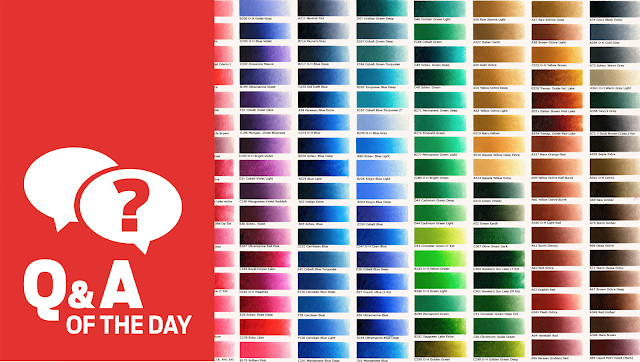Archive for April 2017
20
Chiltern Railways zaps energy binge with LED overhaul
Comments off · Posted by admin in LED
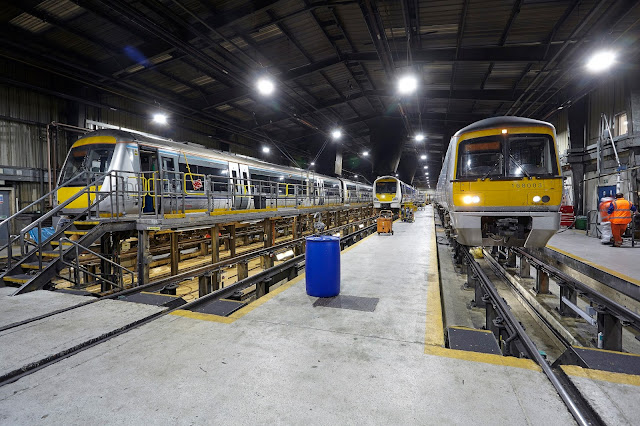
LED highbays installed at the Wembley and Aylesbury maintenance depots delivered a 67 per cent and 48 per cent saving in energy consumption respectively.
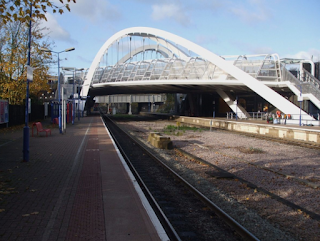
A mix of LED amenity, street and area lighting products were installed to deliver optimum illumination at Chiltern’s Wembley station.
The Arriva owned company has updated the internal and external lighting at three major stations, Wembley, Aylesbury and Stourbridge in the south of the UK.
Energy-intensive 400W highbays at the Wembley and Aylesbury maintenance depots were replaced with hooked LED highbays in a range of wattages and a sustainable, higher efficiency, longer lamp life replacement for traditional 2D bulk heads, was installed in the staff shower and toilet facilities at Wembley.
The offices on both sites were kitted out with ultra slim ceiling panels that deliver high performance and attractive LED lighting. Fluorescent tubing has also been removed and replaced with highly efficient non-corrosive LED fittings, to act as a lower energy consumption alternative.
The LED highbays installed at the Wembley and Aylesbury maintenance depots delivered a 67 per cent and 48 per cent saving in energy consumption respectively. Both sites also realised a further 64 per cent reduction in energy usage thanks to the new ceiling panels.
A mix of LED amenity, street and area lighting products were also installed to deliver optimum illumination in a number of outside areas, including pathways around and access roads to the railway tracks.
A further thirty flood lights were installed to illuminate the tracks at the Stourbridge site and another 285 replaced the legacy 40W twin CFL lights along the pathway running adjacent to the railway track at Wembley.
In all three locations, this provided Chiltern Railways with a low power, high quality LED replacement for the incumbent energy-intensive flood lighting.
Emergency lighting at Wembley which had proved to be problematic, was also upgraded.
At Stourbridge, replacing the energy-intensive legacy lighting alongside the tracks with flood lights resulted in a 62 per cent reduction in energy consumption. Furthermore Chiltern Railways will achieve an average 61 per cent reduction in CO2 emissions.
In addition, Chiltern Railways no longer has to factor in time or budget for maintenance. Chiltern Railways estimate they will benefit from a further reduction in spend of around £10,000 per annum, the amount it previously cost to maintain the lighting infrastructure.
Another benefit has been a dramatic improvement in the quality of light. The external areas are now brighter, more secure and offer safer working environment for the company’s employees.
The superior uniformity of light and improved illumination within the offices, has also been well received by Chiltern’s staff.
Visit us at www.novelenergylighting.com to explore our range of LED high bays, LED Bulkheads, and LED Floods, or call us: 0208-540-8287
chiltern railways · led bulkhead · led flood · led high bays · led lighting · LED retrofit · Novel Energy Lighting · train station lighting
13
GE, inventor of the lightbulb, looks to sell off lighting unit
Comments off · Posted by admin in Uncategorized
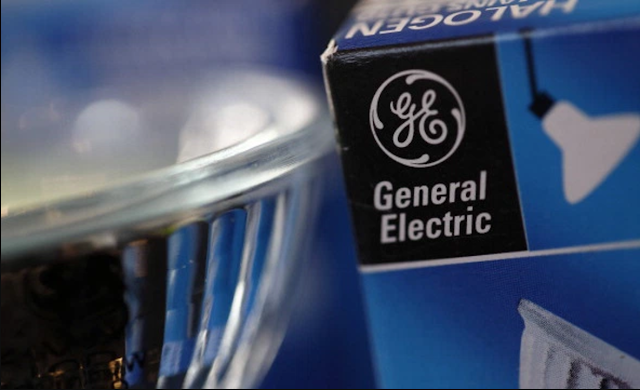
The potential decision to sell of the firm’s prestige lighting business will come as a surprise to some, especially as lighting, in the early days of the company, defined GE.

GE is thought to be considering selling its lighting buisness so it can concentrate on producing large complex equipment such as aircraft engines.
The Wall Street Journal reports that the firm has been talking to a number of investment banks about a potential deal.
GE was co-founded by Thomas Edison, the inventor of the first viable incandescent lamp, over a century ago and the jettisoning of the firm’s lighting business a century later could net the company up to $500 million.
The Boston based company has been gradually selling off businesses since 2004, including its insurance, credit card, plastics and security divisions.
It is thought that GE is taking these actions so it can concentrate on producing large complex equipment such as power turbines, aircraft engines, health-care equipment and trains, while gaining a considerable income stream from the very lucrative service contracts that go alongside developing these machines.
Nevertheless, the potential decision to sell of the firm’s prestige lighting business will come as a surprise to some, especially as lighting, in the early days of the company, defined GE.
GE has so far refused to comment on the rumours.
ge led · ge lighting · ge lighting sale · led bulbs · led lighting · Novel Energy Lighting · thomas edison
13
LEDs found to increase yields in wide range of plants
Comments off · Posted by admin in LED
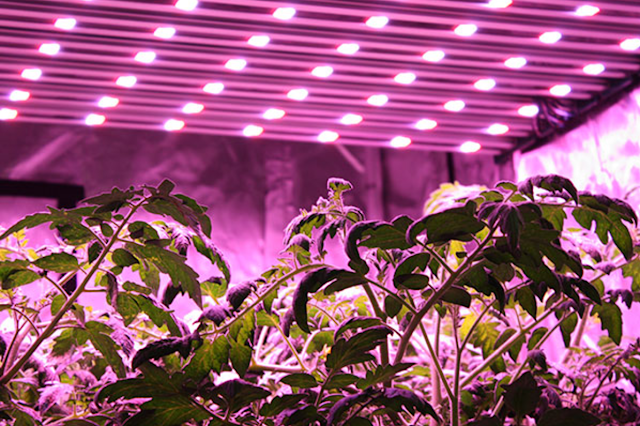 |
| Research found that 32 days after they were planted and nourished under LED light, tomato plants showed a 45 percent increase in height and a 28 percent increase in weight. |

Improvements in weight, morphology, flowering, root development and flavour have been spotted in plants grown under supplemental LED lights in greenhouses.
Tomato plants have been found to show a 45 per cent increase in height and weight when cultivated under LED lights.
The new research, which was conducted by LumiGrow, who develop LED technology for use on farms, noted an increase in flowering observed in cucumber plants, as well as a reduction in the spread of powdery mildew, which is a common problem.
Increased flowering rates were also found in tomato and cannabis plants. The research also aimed to pinpoint the optimum supplemental LED light intensity for strawberry production.
The research was presented by Dr. Xiuming Hao and Shalin Khosla of Harrow Research and by Dr. Melanie Yelton, who is vice president of research at LumiGrow, to an exclusive grower’s council at Harrow Research and Development Centre.
A broad range of growers made up the audience, including vegetable, floriculture and cannabis producers, all looking to take full advantage of the LED revolution in horticulture.
The research found that 32 days after they were planted and nourished under LED light, the tomato plants showed a 45 percent increase in height and a 28 percent increase in weight.
Improvements in weight, morphology, flowering, root development and flavour were also spotted.
LumiGrow’s inventive Grow Light Sensor technology was also displayed and discussed at the meeting. The sensor is able to measure and monitor ambient light from the sun and then analyses this collated information to decide how much supplemental LED light is required in the greenhouse to keep conditions consistent.
greenhouse led · horticultural lighting · led lighting · led lighting for plants · lumigrow · Novel Energy Lighting
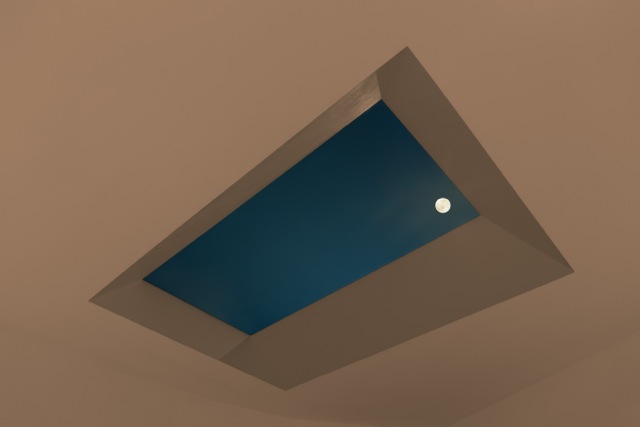
‘The moon, unlike the sun, lets you look at her, it seems she wants to be looked at’, commented Paolo Di Trapani, CEO of CoeLux, who is behind the latest innovation.

CoeLux Moon aims to create a comforting and relaxing ambience and less light is used to produce the final effect than the original sunlight CoeLux uses.
CoeLux’s artificial skylights have rocked the industry due to their convincing reproduction of sunlight. Now the company has launched a new version that aims to be just as successful at recreating the night sky.
CoeLux Moon is being launched at Euroluce 2017, which is currently taking place in Milan.
‘The moon, unlike the sun, lets you look at her, it seems she wants to be looked at,’ commented Paolo Di Trapani, CEO of CoeLux, who is behind the latest innovation.
CoeLux chose last year’s LuxLive to launch the second generation of the CoeLux daylight range, which is comprised of smaller less costly fittings.
‘By rebuilding the physical mechanisms that happen in the atmosphere we have ended up with a product that allows people to feel the same as they do when they look up at the real sky.’ Di Trapani continued.
CoeLux Moon aims to create a comforting and relaxing ambience and less light is used to produce the final effect than the original sunlight CoeLux uses.
The potential health benefits that might be derived from using CoeLux are still being investigating by the company.
CoeLux claims to have psychological and physiological data on the capacity of people to relax and feel calmer when using CoeLux and it might even possibly be used to improve post-operation recovery times in hospitals.
‘We have evidence from the psychological ward at the San Raffaele Hospital in Milan, that people who have a room on the sunny east side recovered 20 to 30 percent faster from operations than those on the west side of the building,’ Di Trapani told Lux Magazine.
It will be interesting to see if CoeLux Moon has the same effect on wellbeing as the company’s original skylight.
Watch the orginal CoeLux in action here:
coelux · coelux moon · led lighting · led moon · led panels · led skylight · led sunlight · lux · Novel Energy Lighting
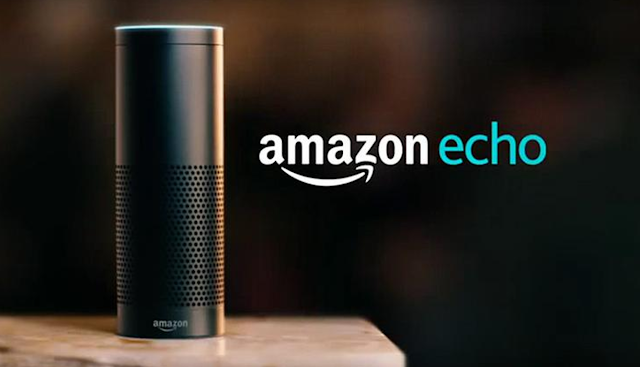
Amazon’s voice technology ‘Alexa’ forms the backbone of the firm’s Echo platform, but Alexa is also finding its way into a string of third party innovations.

Amazon has launched a $100 million strong fund to fuel voice technology innovation, with the intention of ensuring it becomes the key tool used in home lighting control.
Named the Alexa Fund after the voice that assists users on the company’s Amazon Echo platform, the venture capital stream aims to fundamentally improve the way that people use voice technology, including to control lighting.
The Alexa Fund will offer financial help to independent developers and device-makers who wish to advance voice technology, be that through creating new Alexa capabilities, or by expanding the boundaries of voice technology through development and research.
As part of the Fund, Amazon has launched the Alexa Accelerator, which aims to encourage start-ups to bring their voice technology aspirations into a concrete reality.
Companies are chosen after a rigorous selection process and are then invited to take part in a 13-week program in Seattle, where they get the opportunity to work with leading technologists and product leaders from Amazon and Techstars.
The Alexa Fund has already helped a number of start-ups, including Musaic, a voice activated, wireless HiFi system that allows users to integrate smart lighting to react to a particular playlist or song.

The Fund has also invested $35 million in the smart thermostat system Echobee, £5.6 million in the Alexa powered video intercom Nucleus and has made a further million-dollar investment in Rachio, a smart sprinkler system.
The Alexa Fund has been labelled as a ‘stealth takeover’ of the smart home market by Amazon and it is possible that future smart lighting apps and devices may be developed with Amazon money.
At major technology shows, such as the Consumer Electronics Show in the United States, Amazon were not obviously present. However, Alexa technology could be found in numerous third party devices from lighting systems, to home security cameras and cars.
Nevertheless, despite Amazon’s surreptitious attempts to conquer the smart lighting market, the company does face stringent opposition from the likes of Apple’s Homeworks, Google’s upcoming Brillo and Samsung’s SmartThings.
But for now, Amazon is the logical choice for third party Internet of Things start-ups looking for investment and that doesn’t look likely to change any time soon.
alexa accelerator · alexa fund · amazon alexa · internet of things · Novel Energy Lighting · voice activated lighting control · voice technology
10
How do I choose the correct colour of LED?
Comments off · Posted by admin in LED, LED downlights, LED GU10, LED panels, LED Spots
LED lamps and luminaires are commonly available in 2700K, 3000K and 4000K colour temperatures, but how do you go about choosing the correct colour?
This question has been answered by Chris Shenton, technical and quality specialist at LEDvance UK.
Lamp colour temperature is often a personal or historical choice and it depends on what environment is being created.
Here is a general guide:
2700K is a similar colour appearance to incandescent lamps and is a warm, relaxing colour.
3000K is a similar colour appearance to halogen lamps with a warm but crisper colour than 2700K. Commonly called ‘warm white’.
4000K is a cooler, whiter colour than 2700K and 3000K. It’s the lamp that has traditionally been used in offices, waiting areas and most commercial applications. This is commonly called ‘cool white’, or occasionally ‘neutral white’.
6500K is a very cool white that is used to simulate day light. It is also said to increase productivity when used in a work environment. It is commonly referred to as ‘daylight’.
The warmer colours work well in more relaxed environments with warmer colour decoration such as in domestic living rooms, restaurants and hospitality areas.
The cooler colours work well to help create a lively environment with lighter colour decoration such as domestic kitchens, offices, warehousing and in retail spaces.
Now that we have the ability for colour ‘tuning’ via LED sources, the extremes of warm and cold white sources are being used as the basis for ‘human centric’ lighting installations. Mixing of the two extremes allows interior lighting schemes to be adjusted according to the needs of the occupants.
See our range of LED lamps and luminaires here: www.novelenergylighting.com
2700k · 3000k · 4000k · colour temperature · human centric lighting · led GU10 · led lighting · ledvance · Novel Energy Lighting · osram led

